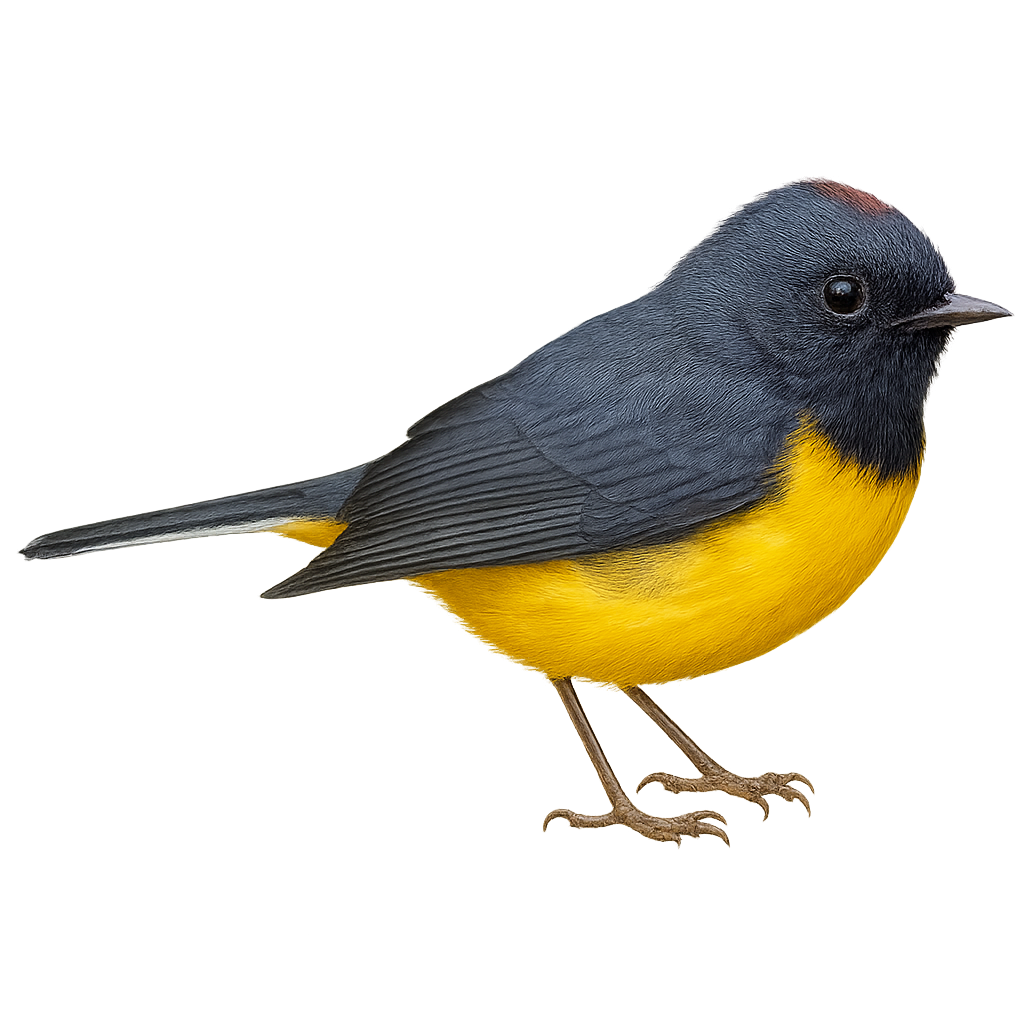Your wildlife photography guide.
Explore the slate-throated redstart in detail, study its behavior, prepare your shots.
Where to observe and photograph the slate-throated redstart in the wild
Learn where and when to spot the slate-throated redstart in the wild, how to identify the species based on distinctive features, and what natural environments it inhabits. The WildlifePhotographer app offers tailored photography tips that reflect the slate-throated redstart’s behavior, helping you capture better wildlife images. Explore the full species profile for key information including description, habitat, active periods, and approach techniques.
Slate-throated Redstart
Scientific name: Myioborus miniatus

IUCN Status: Least Concern
Family: PARULIDAE
Group: Birds
Sensitivity to human approach: Tolerant
Minimum approach distance: 5 m
Courtship display: April to June
Incubation: 12-14 jours
Hatchings: April to June
Habitat:
Montane forests, dense underbrush, clearings
Activity period :
Primarily active during the day, with peak activity in the morning and late afternoon.
Identification and description:
The Slate-throated Whitestart, or Myioborus miniatus, is a small, brightly colored songbird primarily found in the mountainous forests of Central and South America. It is distinguished by its vivid red head, gray back, and bright yellow belly. This bird is often seen actively hopping through the underbrush in search of insects. Its behavior is generally tolerant towards humans, making it an ideal subject for amateur birdwatchers. The Slate-throated Whitestart is also known for its dynamic courtship displays, where it fans its tail to impress potential mates. Although not currently threatened, deforestation poses a potential risk to its natural habitat.
Recommended lens:
400mm – adjust based on distance, desired framing (portrait or habitat), and approach conditions.
Photography tips:
To photograph the Slate-throated Whitestart, it is advisable to use a 400mm lens or greater to capture detailed images without disturbing the bird. Look for areas where the bird is active, such as underbrush or clearings, and be patient. Natural morning or afternoon light can provide ideal conditions to highlight the bird's vivid colors. Use a tripod to stabilize your camera and wait for the bird to perch or perform its courtship displays to capture unique shots.
The WildlifePhotographer App is coming soon!
Be the first to explore the best nature spots, track rutting seasons, log your observations, and observe more wildlife.
Already 1 439 wildlife lovers subscribed worldwide

